For many, the memories of the 1971 Bangladesh Liberation War will come alive tomorrow on May 7 as the Narendra Modi government in India directed northern and western states and Union Territories to conduct civil defence mock drills. The communication from the Centre came on May 5 amid heightened tensions with Pakistan following the dastardly Pahalgam attack in which terrorists gunned down 26 civilians, mostly tourists.
“In the current geo-political scenario, new and complex threats/challenges have emerged, hence, it would be prudent that optimum civil defence preparedness in the states/UTs is maintained at all times,” the letter from the Directorate General Fire Service, Civil Defence and Home Guards said.
The move is significant for India — it hasn’t carried out such drills even during the Kargil War of 1999.
But what do these mock drills entail? What can we expect from them tomorrow? Why do they matter?
Centre’s order for mock drill
On Tuesday (May 5), the Ministry of Home Affairs directed several states, namely in the north and west to conduct civil defence mock drills.
The civil defence exercise and rehearsal are scheduled to take place across categorised civil defence districts in the country with the aim of “assessing and enhancing the readiness of civil defence mechanisms across all states and Union territories”.
The letter ordering the mock drills also stated that civil defence is considered an “integral component of nation’s passive defence strategy”.
For the purposes of the mock drills, the Modi administration has called for the participation of the district controllers, various district authorities, civil-defence wardens, volunteers, home guards (active and reservists volunteers), National Cadet Corps (NCC), National Service Scheme (NSS), Nehru Yuva Kendra Sangathan (NYKS), college and school students.
What the mock drills will entail
So, what can one expect from the mock drills, which will be held across different parts of the country on May 7?
First and foremost, the mock drills will test the operationalisation of air raid warnings. This means that all designated urban centres and vulnerable installations will test and activate air raid sirens — loud emergency alarms designed to alert civilians of an incoming aerial threat.
This measure will check the immediate public response during any aerial incursion, such as missile attacks or drone raids. The sirens serve as a critical first-line alert system, allowing people to quickly seek shelter.
The mock drills will also implement crash blackout measures; this entails turning off all visible lights at short notice to avoid becoming targets during night-time aerial surveillance or strikes.
Tomorrow’s rehearsal will also include camouflaging of vital installations. Industrial plants, government buildings, military outposts, power stations, and communication hubs will undergo camouflage exercises. This may involve using netting, paint, or foliage to disguise structures from satellite and aerial reconnaissance.
Students and civilians will also be trained on civil defence aspects to protect themselves in the event of a hostile attack. For this, educational institutions, work places and community centres will hold workshops and quick-response training sessions. The workshops are expected to focus on activities such as duck-and-cover, finding the nearest shelter, protecting vital body parts and providing first aid.
The mock drill order has also asked for the updating and rehearsal of evacuation plans. In addition to these measures, the mock drill will also test the operationalisation of hotline/radio communication links with the Indian Air Force. Moreover, it will test the functionality of control rooms and shadow control rooms and verify the activation and response of Civil Defence services, including warden services, firefighting, rescue operations, and depot management.
Significance of the mock drills
The Centre’s direction to hold these mock drills in the aftermath of the Pahalgam terror attack comes three days after the Indian Army carried out black out drills at the Ferozepur Cantonment in Punjab.
Such drills have not been carried out in India since the early 1970s during the lead-up to the Indo-Pakistani War — the Bangladesh Liberation War. At that time, India had carried out siren raids in which a siren would go off at a certain time following which people had to turn the lights off.
Some those who have memories of the 1971 mock drills recount how they had to cover the glass panes of their homes with paper and if you were outside and heard the siren, you were supposed to lie down on the floor and shut your ears.
Many experts note that the mock drills now have quickened the drumbeat of war between India and Pakistan — tensions have been escalating between the two neighbouring countries since April 22’s Pahalgam terror attack.
Many analysts observe that the mock drills signal a deeper, more concerning shift. They represent a stark reminder of the likelihood of conflict, marking a further downturn in the already strained ties between the two countries. They further added that the decision to revive this pre-war practice is not without implications.
At a time when the world is already concerned about regional instability, India’s move to conduct such drills indicates that it is bracing for a potential escalation in the ongoing standoff with Pakistan. While mock drills are routinely conducted to prepare for natural disasters like earthquakes or building collapses, the inclusion of measures aimed at defending against “external threats” is telling. The drills aim to prepare civilians for a worst-case scenario. This is no longer about hypothetical threats; it’s a preparation for the very real possibility of war.
Prepping for the big day
Following the directive for the mock drill, senior officials of the Delhi Police have asked all DCPs to prepare detailed plans for the preparations, according to news agency PTI. The deputy commissioners of police (DCPs) have started holding meetings with senior police officers to strengthen patrolling in the national capital.
“We have already increased day and night patrolling in the city. We have deployed paramilitary forces, along with police personnel, at Delhi’s borders with Haryana and Uttar Pradesh. Security has already been beefed up in the city. The DCPs are personally monitoring the arrangements in their districts. They are holding meetings with assistant commissioners of police (ACPs) and station house officers (SHOs),” a source said.
While India is taking steps to increase its preparedness, it is also stifling Pakistan financially and strategically after the Pahalgam attack. New Delhi has already announced that it is holding the Indus Water Treaty in abeyance and cancelled all bilateral trade to send a strong message to Pakistan. It is also considering to choke the country’s terror financing by approaching world institutions such as the International Monetary Fund and the Financial Action Task Force.
It’s anybody’s guess what happens next, but dark clouds continue to hover over the region with everyone asking — is a war coming and if yes, when.
With inputs from agencies


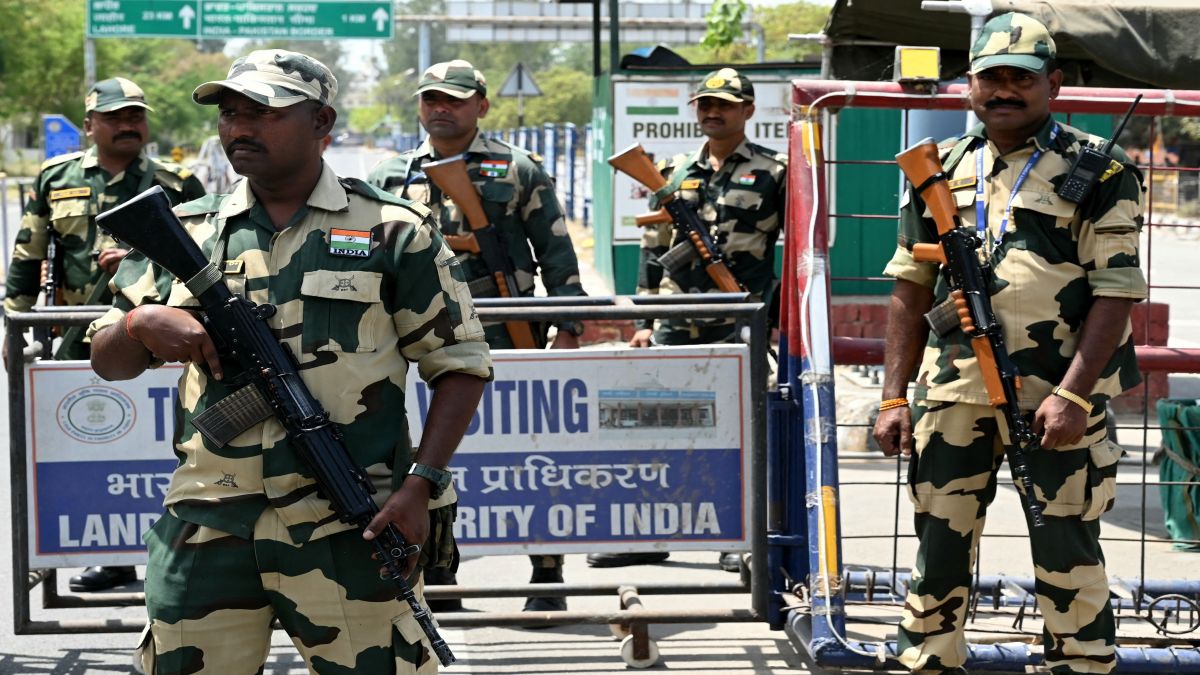)
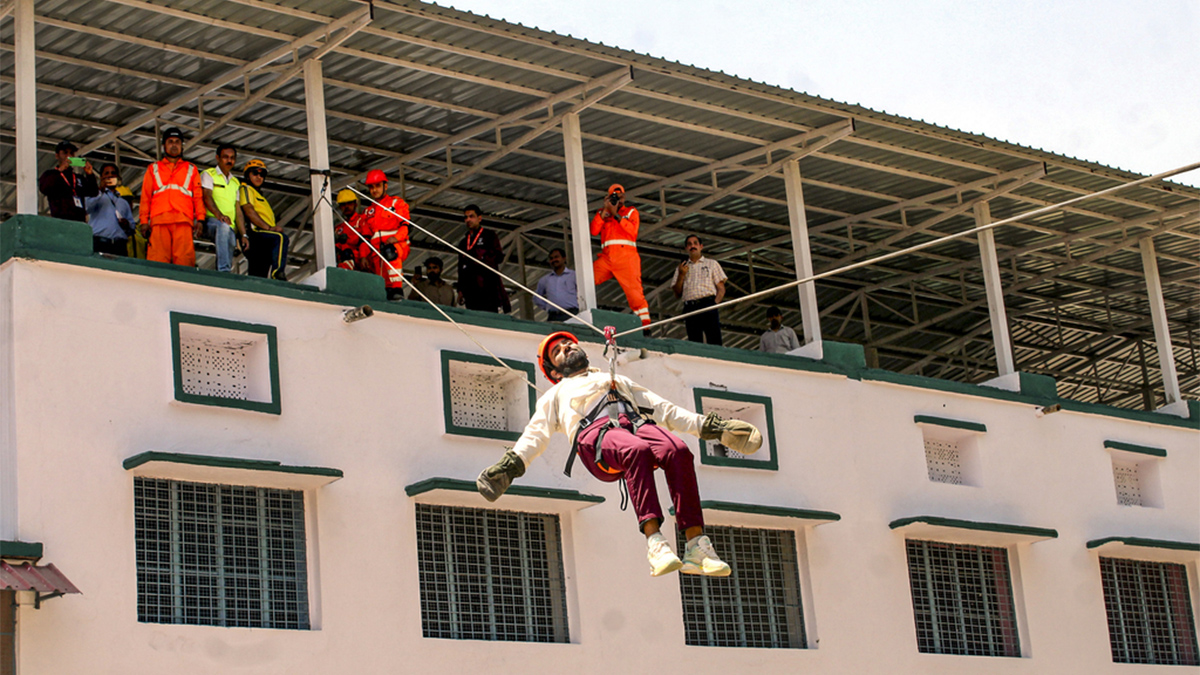)
)
)
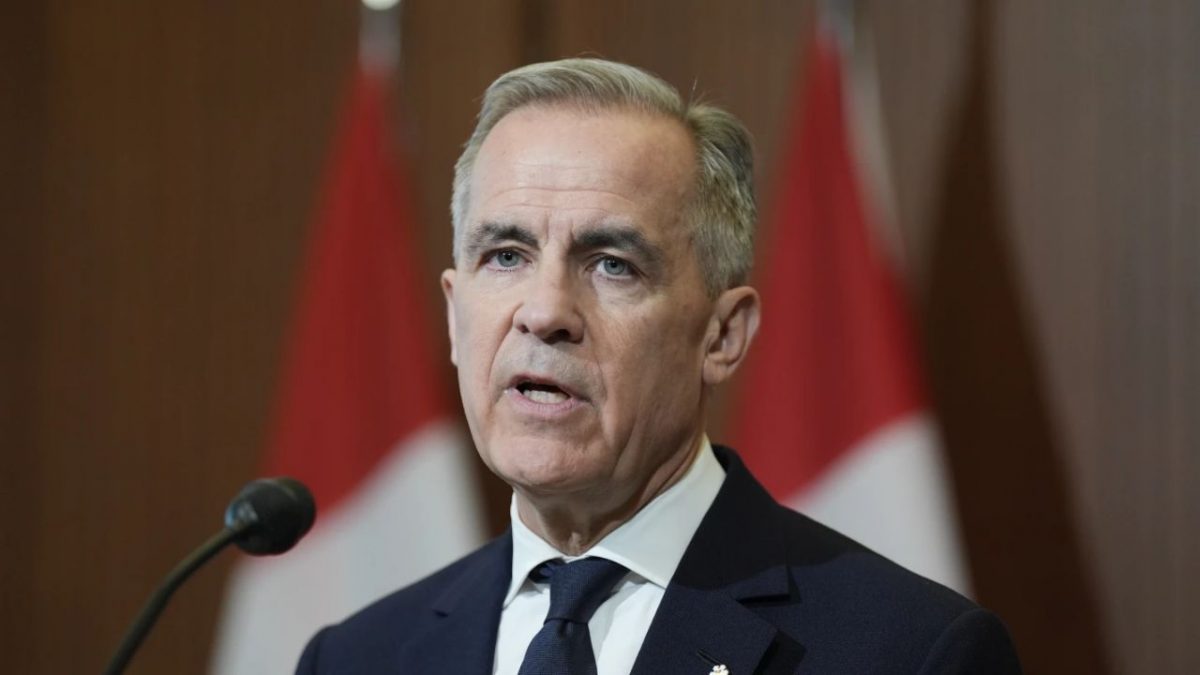)
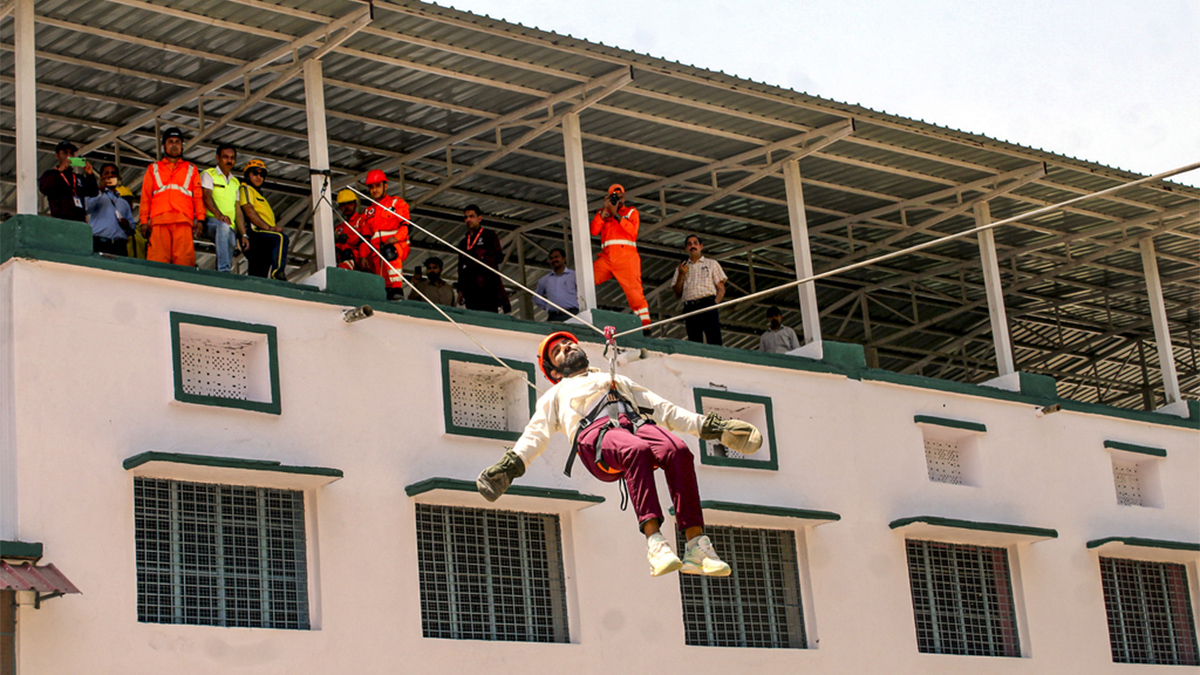)
)
)
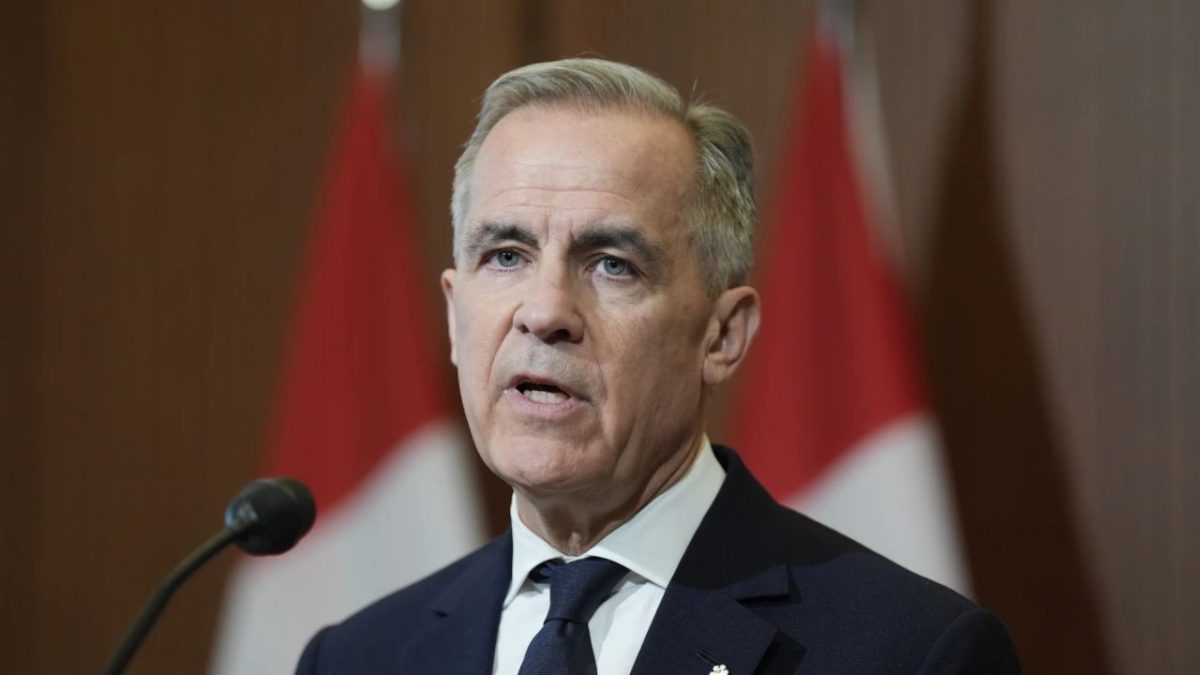)